Chemical formula: H3BO3
Chemical name: Boric Acid, Orthoboric Acid
Origin: NBT Chemical
Specification: 25 kg/bag
Physical properties: white powder, easily soluble in water
Chemical properties:
Preparation
Boric acid can be prepared by reacting borax (sodium tetraborate decahydrate) with a mineral acid, such as hydrochloric acid:
- NA 2 B 4 O 7 ·10H 2 O + 2 HCL → 4 B(OH) 3 [OR H 3 BO 3 ] + 2 NACL + 5 H 2 O
Nature
Boric acid is soluble in boiling water. When heated above 170 °C, it splits into metaboric acid (HBO 2 ):
- H 3 BO 3 → HBO 2 + H 2 O
Metaboric acid is a white, cubic crystalline solid that is only slightly soluble in water. Boric acid melts at 236 °C, and when heated above 300 °C it further dehydrates to form tetraboric acid or pyroboric acid (H 2 B 4 O 7 ):
- 4 HBO 2 → H 2 B 4 O 7 + H 2 O
The term boric acid is also sometimes used to refer to these compounds. If further dehydrated, it produces boron trioxide .
- H 2 B 4 O 7 → 2 B 2 O 3 + H 2 O
Boric acid does not dissociate in aqueous solvents like Brønsted acid , but is a Lewis acid that reacts with water molecules to form the tetrahydroxyborate ion, and is observed under Raman spectroscopy :
- B(OH) 3 + H 2 O
 B(OH)−4 + H + ( K A = 5.8×10 −10 MOL/L; P K A = 9.24)
B(OH)−4 + H + ( K A = 5.8×10 −10 MOL/L; P K A = 9.24)
The polyborate anions produced form solutions with pH 7–10 if the boron concentration is greater than 0.025 mol/L. The most common ion is tetraborate found in the mineral borax:
- 4 B(OH)−4 + 2 H +
 B 4 O2−7 + 9 H 2 O
B 4 O2−7 + 9 H 2 O
Boric acid plays an important role in absorbing low frequency sound waves in seawater.


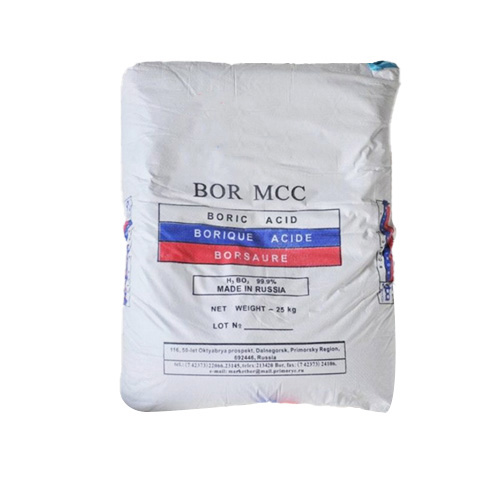
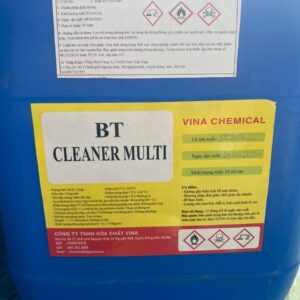
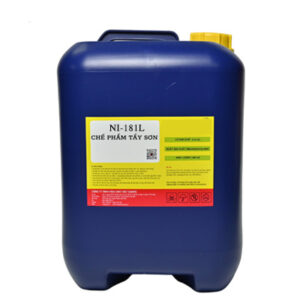
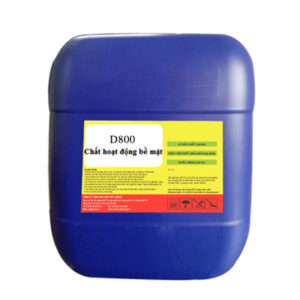
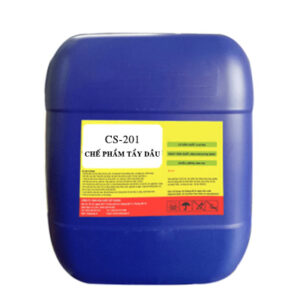
Reviews
There are no reviews yet.